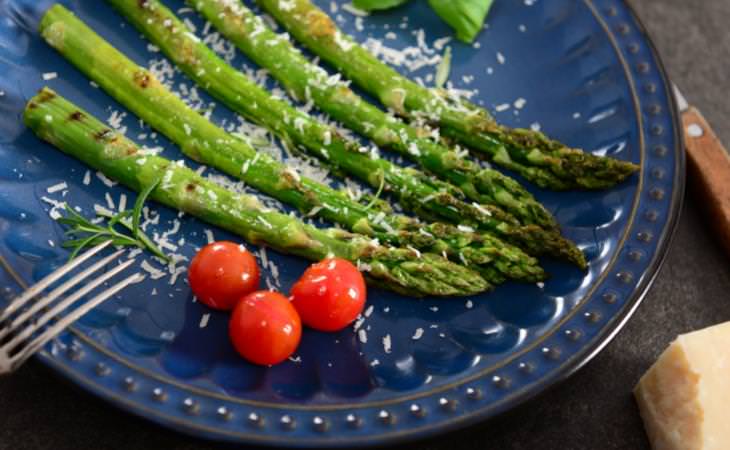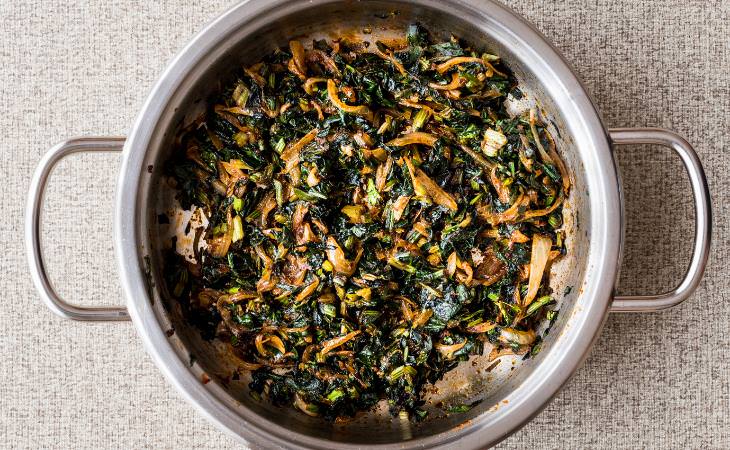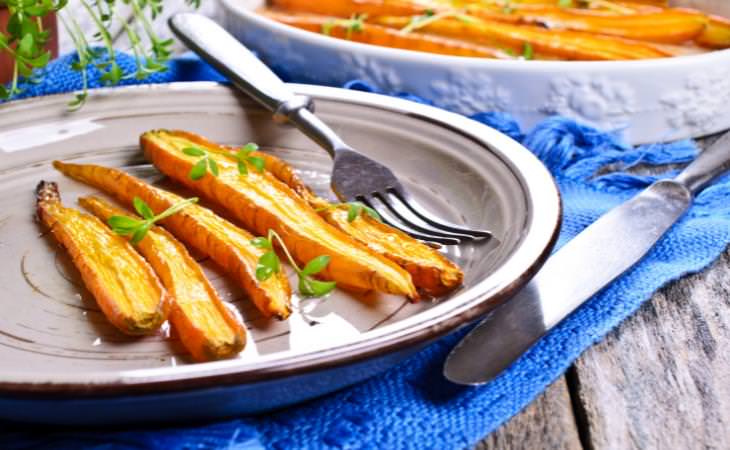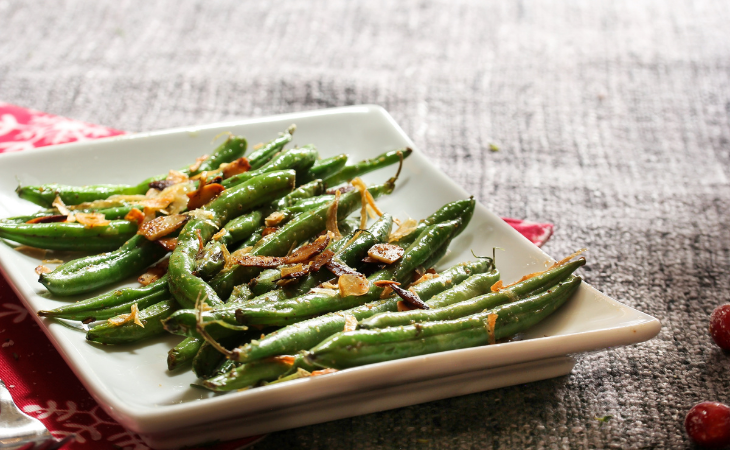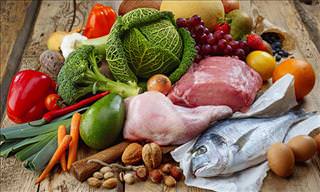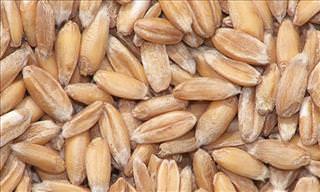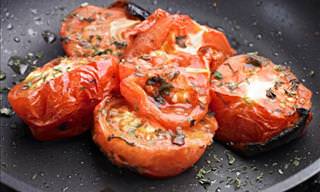There are many different diets that serve many different beliefs about nutrition. One of them is the raw food diet, and while there are various advantages to eating raw, unprocessed food in its most natural form, we'd like to add our two cents to the matter. There are some big advantages to cooking your food. It helps with digestion by softening fibers, for example. But there's more to it than texture and taste. Some vegetables have higher nutritional value when they are cooked.
Tomatoes
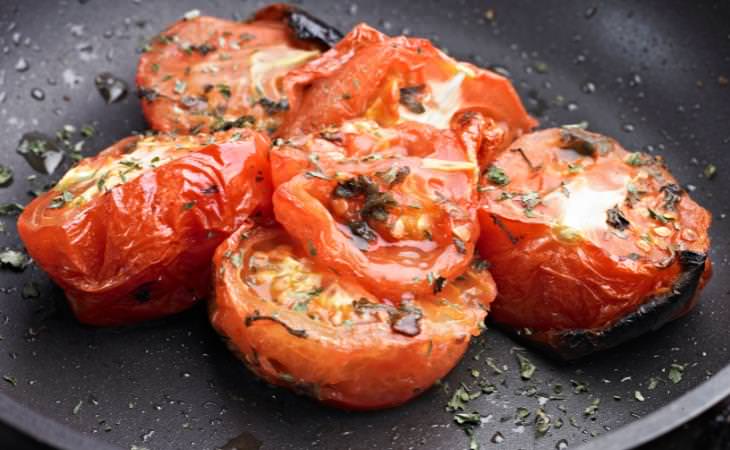
Tomatoes and other red fruits like watermelon, red bell pepper, and papaya all contain a very potent antioxidant by the name Lycopene. It is said by some to be even more powerful than vitamin C! Lycopene lowers the risk for cancer and heart attacks. Lycopene in tomatoes rises to 35% when they're cooked in 190 degrees Fahrenheit (88 degrees Celsius) for 30 minutes. The heat breaks down that hard cell walls, helping the body absorb the nutrients more efficiently. We wrote about this subject in-depth in this post. Check it out for the science behind nutrition, and afterward, you're welcome to try this easy recipe for tomatoes and parmesan side dish or first course.
This specific recipe hits the sweet spot, as Lycopene is absorbed by your body more effectively when consumed with healthy fat. You can also just grill or bake tomatoes with some olive oil. In fact, this may even be a healthier option than cooking them in water, as water is responsible for the loss of much of the vitamin C in tomatoes. This is because vitamin C is water-soluble. It just melts away. But keep in mind, it is a vitamin that's much easier to come by than Lycopene. And as with everything, balance is the key.
Asparagus
Cooking asparagus boosts its antioxidant activity by 16 to 25%. Just like tomatoes, a lot of the asparagus' nutrients are oil-soluble, meaning they're more easily absorbed into the body when they're consumed with fats. Consider cooking your asparagus in olive oil, or serving it with some toasted seeds. Try this Cheesy Asparagus Tart Recipe we have for you.
Spinach
Steaming spinach can reduce the contents of oxalic acid in spinach, which interferes with your body's absorption of iron and calcium, by 53 percent! Cooked spinach also offers more calcium, magnesium, and iron than when it's raw. Now, who said healthy isn't fun? Here's a recipe for spinach and eggs pizza.
Mushrooms
Celery
Celery's antioxidant capacity only rises when you use certain cooking methods. These are pressure-cooking, griddling, frying, baking, and even microwaving! What these all have in common is the use of little to no water when cooking. As with the tomatoes, the water breaks down celery's vitamin C. When boiled, this veggie actually lost 14 percent of its antioxidant activity. If you like throwing it in your pot of chicken soup for flavor, that's fine. You can juice the celery into a smoothie to enjoy it raw, or try this recipe for fried celery and shrimp traditional Cantonese recipe:
Carrots
Beta carotene is a carotenoid found in carrots. It is an antioxidant that the body converts into vitamin A, and it is what gives the carrot its orange hue. Cooking carrots boosts its beta-carotene levels. This aids in supporting bone growth, enhancing your vision and strengthening your immune system. It is even used as a powerful anti-aging ingredient in skincare, commonly known as retinol. It increases cell turnover and boosts collagen production.
Cooking carrots can triple their antioxidant activity! When cooking them keep the skin on. You can roast or boil them or use any other method of cooking really, but not frying. This will reduce carotenoid levels by 13 percent.
Check out this informative video for simple roasted carrots:
Green Beans
Green beans are the real shocker on the list. Frying them is one of the best methods for unlocking their extra nutritional value! Steamed ones also have greater cholesterol-lowering benefits. When baked, green beans also have higher levels of antioxidants. If you're after nutritional value, avoid boiling or pressure cooking. Notice that there's nothing harmful about that, but these methods won't help you unlock the extra benefits. How about a recipe that mixes carrots and green beans?
Brussels Sprouts
When cooked, Brussels sprouts contain a compound called indole. It has been found to kill precancerous cells. Cooking Brussels sprouts may also aid in digestion, minimizing bloating and gas. Enjoy this gratin recipe.
Artichokes
Did you know that steaming artichokes increased their antioxidant levels by 15-fold? Insane, isn't it? Boiling only boosted it by 8-fold, but we can settle for that too. In this post, you'll find 6 different recipes for stuffed veggies, including artichoke, mushroom, and tomatoes. And here's a video guide for how to prepare an artichoke for any recipe or cooking method.
 Go to BabaMail
Go to BabaMail



